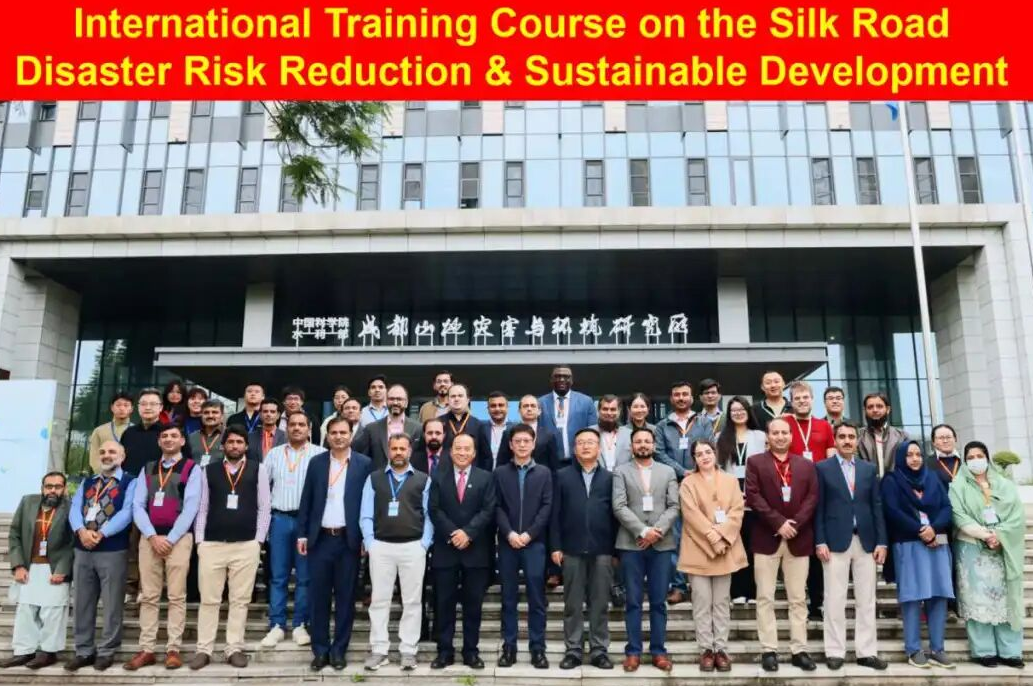Prof. Rajib Shaw(IRDR IPO Executive Director, Co-Chair of ASTAAG), joined with Prof. Takako Izumi (International Research Institute of Disaster Science, Tohoku University) and Prof. Peijun Shi (State Key Laboratory of Earth Surface Processes and Resource Ecology, Beijing Normal University, Chair of ASTAAG), published new paper Perspectives of Science and Technology in Disaster Risk Reduction of Asia on International Journal of Disaster Risk Science.
Science and technology innovation has always been present in Asia, but its application in disaster risk reduction (DRR) has been differential. In Asia, globally significant hotspots of disasters and economic development have emerged in which the application of science and technology in DRR has become an essential requirement for informed decision making. Science has supported establishment and implementation of major international initiatives in DRR, including the Hyogo Framework for Action 2005–2015. The more recent Sendai Framework for DRR 2015–2030 recognizes the importance of science and technology in all of its priority action areas, and subsequent global and regional forums and conferences have reconfirmed science and technology’s importance. To perceive and monitor the progress of science and technology in DRR, a qualitative assessment of different countries is made using three major attributes: (1) science-based decision making; (2) investment in science and technology; and (3) the intensity of science’s link to the public. This assessment exercise points out several strengths and weaknesses in science and technology application; the method can be employed to develop future multistakeholder and multidisciplinary science and technology plans at the country level. To implement regional and national activities, a set of 15 recommendations is put forward, which will strengthen the collective regional “science voice” in DRR.
Cite this article as: Shaw, R., Izumi, T. & Shi, P. Int J Disaster Risk Sci (2016) 7: 329. doi:10.1007/s13753-016-0104-7
Download this article: Perspectives of Science and Technology in Disaster Risk Reduction of Asia





